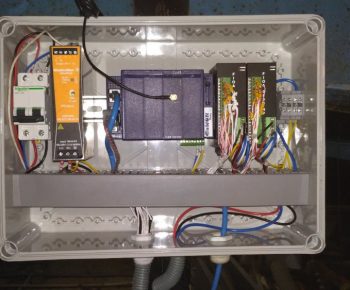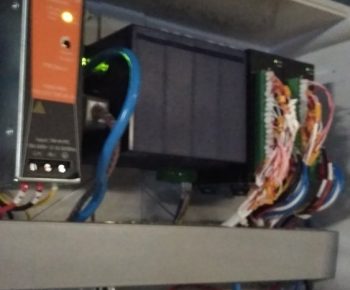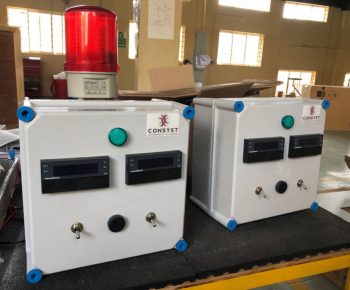End User
ABAD
Scope
Engineering, Procuring, Testing and Commissioning of Temperature Sensors, Data Acquisition Systems and IIoT System for collecting and monitoring temperatures of various sections of a cold storage facility.
Background
ABAD has a seafood processing center in Andhra Pradesh, India
The plant is divided into the following sections:
- Shrimp Washing
- Freezers
- Two Airblast Freezers
- Two Brine Freezers
- Process Rooms
- One cold storage
- One anteroom
- Two chillrooms (to check the quality through measurement and analysis of temperature)
ABAD needed a system to monitor and analyze the temperature of the shrimp; both locally and centrally from their HQ to ensure product quality.
System Description:

The system consists of two dedicated Data Acquisition Systems. One is located at the Washing and Grading lines and the other at the main panel for data aggregation and processing.
There are two Local Control Panels (LCP) at each washing and grading lines, which display the temperature locally. They give audible alerts to the operator in the case of anomalies. These panels are connected to the main panel to send real time data via the Data Gateway. Temperature sensors located at other sections are also connected to the main panel.
The main panel houses an Analog Input Module and the Data Gateway to aggregate, communicate and process the data.
The data collected from the two LCPs is stored locally in the gateway’s integrated memory and transferred to the cloud. In the case of an internet failure, the data is stored in the internal memory. The data will be sent to the cloud once a connection is established.
ABAD could view and analyze the data through the provided web user interface. Applications for iOS and Android provide an easy access to the data stored on the cloud. The system is also set to trigger alerts in the case of any discrepancies.
This meant that ABAD could be sure that their shrimps were processed under constant conditions, thus ensuring every box of shrimps that leave the factory is similar in freshness to the last.



